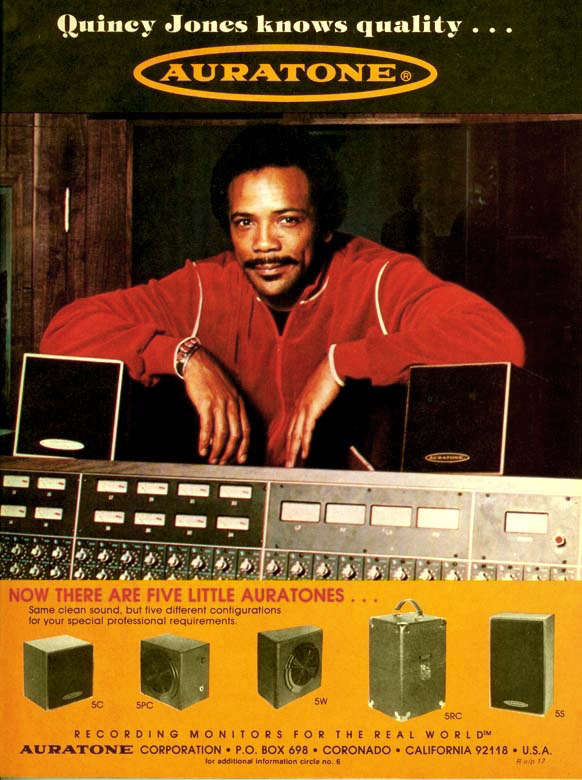I'm not a mixing engineer (& haven't voted in the poll), but I am a headphone enthusiast (& speaker) with a knowledge of how Harman Curve for headphones was created, etc, and I reckon that the Harman 2013 curve would probably be the best one for mixing on headphones, it was created using trained listeners only IIRC during it's tweaking process, and it's of course also based on an initial dummy head measurement of good anechoically flat speakers in a good listening room, so I think that would be the universally most accurate curve "for everyone"(anatomical HRTF differences) who does mixing - if you had to pick any one target curve for everyone of course. Here's the different Harman Curves:

You can see the blue 2013 curve has less bass and less treble - I don't really want to say less V-shaped as I don't really think the Harman 2018 curve is V-shaped, but 2013 curve would indeed have less of those characteristics.
And for those that already are using a Harman 2018 EQ on their headphones (eg an Oratory EQ), then if you want to try out what the Harman 2013 Curve would sound like then just activate my EqualiserAPO config file attached to the end of this post - activate it whilst your other EQ is activated too of course, they work together. The config file describes the differences between the 2018 & the 2013 curve, so it will convert your EQ from 2018 to 2013.
Final Notes: in the graph "OE" stands for over ear headphone, and "IE" is related to IEM's rather than over ear headphones. The orange OE 2017 line in the graph is the Harman 2018 Curve that I've been talking about, 2017 & 2018 are the same thing, for some reason some places call it 2017 and some others call it 2018, but it's the same curve. Blue line is the Harman 2013 Curve I've been talking about.
You can see the blue 2013 curve has less bass and less treble - I don't really want to say less V-shaped as I don't really think the Harman 2018 curve is V-shaped, but 2013 curve would indeed have less of those characteristics.
And for those that already are using a Harman 2018 EQ on their headphones (eg an Oratory EQ), then if you want to try out what the Harman 2013 Curve would sound like then just activate my EqualiserAPO config file attached to the end of this post - activate it whilst your other EQ is activated too of course, they work together. The config file describes the differences between the 2018 & the 2013 curve, so it will convert your EQ from 2018 to 2013.
Final Notes: in the graph "OE" stands for over ear headphone, and "IE" is related to IEM's rather than over ear headphones. The orange OE 2017 line in the graph is the Harman 2018 Curve that I've been talking about, 2017 & 2018 are the same thing, for some reason some places call it 2017 and some others call it 2018, but it's the same curve. Blue line is the Harman 2013 Curve I've been talking about.
Attachments
Last edited:


